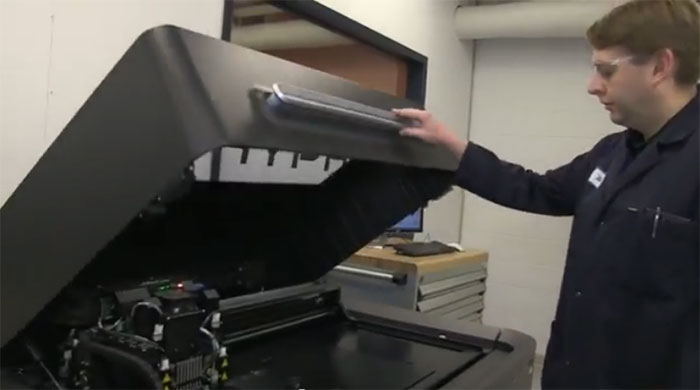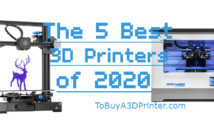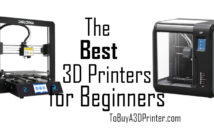The rapid prototyping 3D printer differs from the basic 3D printer significantly in both size and price. The basic models are somewhat less capable and cost less. Here we’ll take a look at the other differences between these two printers, while also learning about the cost and the additional features they both have to offer.
The Differences Between Rapid Prototypings 3d Printer and Other Models
A 3D printer is typically small and in most instances, these models can fit onto a desktop. The rapid prototyping models are generally much larger and are free standing, often using up a lot of power. The 3D models are designed to use materials in enclosed means, such as cassettes, as opposed to the bulk material that’s utilized by the RP printers. This means the basic 3D model is more ideal for smaller spaces and it’s also easier to change out materials.
Because of the size of the 3D printer, this means there will be less room to build larger products. Many of these models are limited to making items that will fit into a cube that’s eight inches on a side. The RP models will provide a larger build chamber, that’s at least ten inches on a side, with some that have building chambers that are 4 x 4. A smaller build chamber will also mean that it won’t be possible to create several parts at once.
Using a basic 3D printer model will not require any specialized training, in contrast to the RP models. Unlike the rapid prototyping models, you won’t be able to select or adjust many parameters or change them quickly.
The Cost of Using These Models

To run an RP model, it can take tens of thousands of dollars a year, whereas the basic models will only run you a few thousand dollars. An RP machine is by far more accurate than a basic model and in some cases can produce better finishes, but the specs are actually very similar for like sized parts and for both models it will depend on the type of items you’re interested in producing.
Using the smaller models will not provide the same options when it comes to the different types of materials as the rapid prototyping machine. Some materials, such as metals or ceramics aren’t available at all.
The small 3D models can be for personal use or smaller businesses. The RP models are intended to be used on an industrial level and can cost an average of twenty to fifty thousand, depending on the size and the manufacturer. If you’re interested in utilizing an RP model for your company, there are manufacturers out there that lease these machines, and they’ll charge you two to three hundred dollars a month.
There are also companies that offer printing services, which means should you have a product you want printed, they will charge you a fee, print off your items and ship them to you in two to three weeks. This is an excellent alternative to purchasing or leasing a machine.




